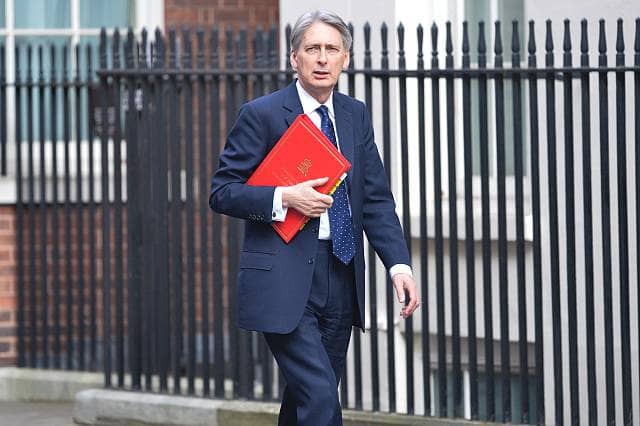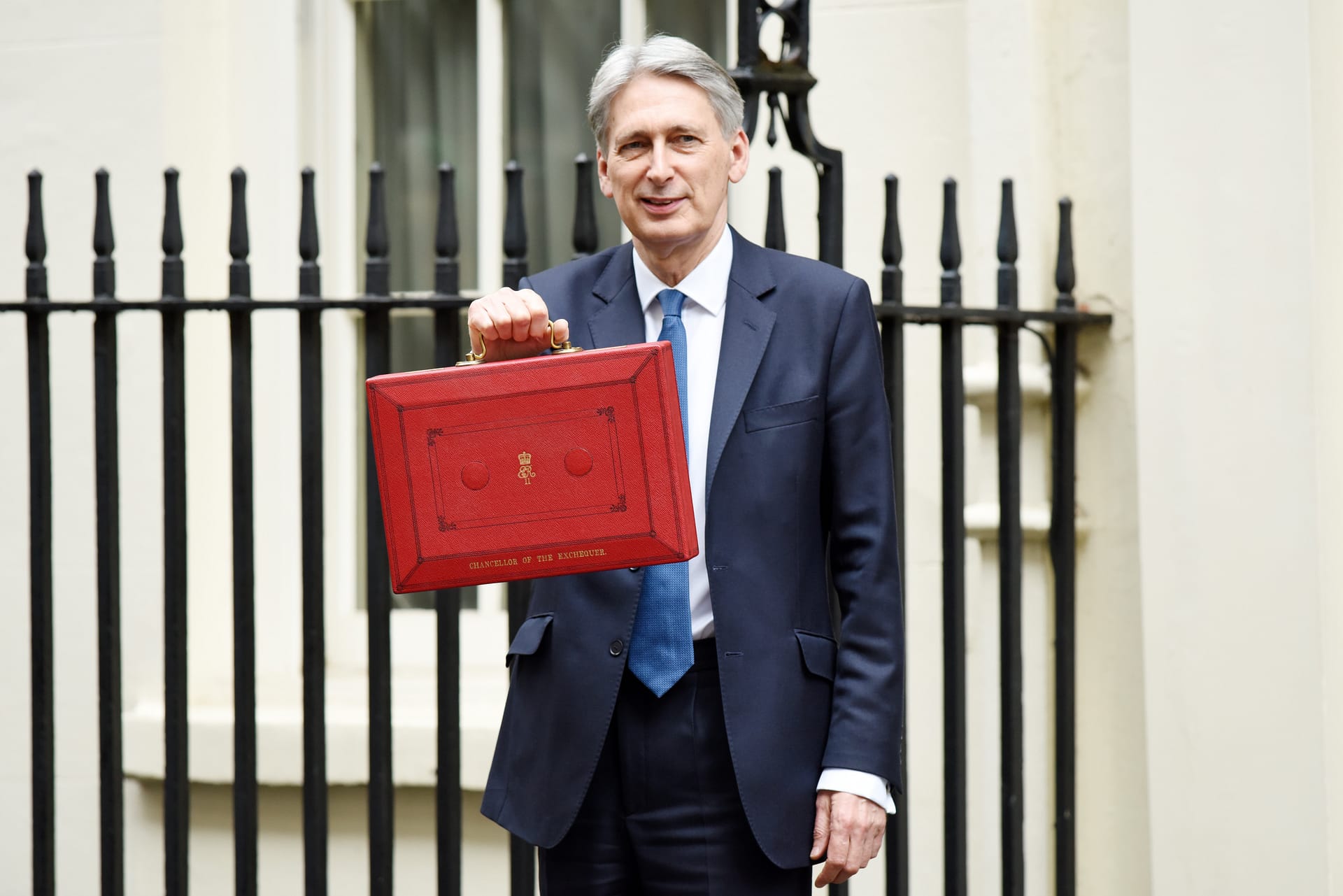The new Chancellor Kwasi Kwarteng heralded ‘a new approach for a new era’ as he presented the Truss government’s extensive tax-cutting fiscal plans on Friday.
Jason Hollands, Managing Director at investing platform Bestinvest said, ‘While a number of measures had been well trailed in advance, it’s fair to say the seismic move to abolish the additional 45 per cent tax rate was totally unexpected,’
‘Together with the fast-tracking of the 1p basic rate cut and a range of other cuts to direct and indirect taxation, the Chancellor has announced a fiscal boost of £45 billion, according to the Treasury’s own numbers. This is undoubtedly a huge role of the dice.’
He adds: ‘That goes go alongside the huge commitment to cap energy bills for homes and businesses that he revealed today will amount to £60 billion in the first six months.
‘Coming a day after the Bank of England hiked its benchmark interest rate at the seventh consecutive monetary policy meeting, the Chancellor’s statement highlights how fiscal and monetary policies are now pulling in opposite directions.’
The Bank of England pushed up interest rates by 0.5 percentage points to 2.25 per cent yesterday, the highest level since 2008, with three monetary policy committee member voting for a larger hike of 0.75 that could still arrive in November, alongside what will be a hotly anticipated new set of economic forecasts from the Bank.
Hollands says the major fiscal boost to the economy might extend the BoE’s battle to tame inflation: ‘We have a situation where rate setters are tapping on the economic brakes with increasing ferocity, at the same the UK Government has decided to put its foot hard on the accelerator. Higher interest rates will drag on the growth boost that the Chancellor is obviously hoping will result from the tax cuts.’
He adds: ‘Fiscal expansion of this scale is certainly bold, but also risky, not least because the shortfall on the public finances will be funded through borrowing at a time when costs of borrowing are rising.’
UK bond yields, which have risen sharply this year, soared further after Kwarteng’s speech: two-year gilt yields hit a new high since October 2008 and were last up 47 basis points in the biggest daily jump since November 2009. Five-year yields, sensitive to economic policy expectations, rose to a similar high and were up 47 bps in the biggest daily rise since 1991.
Ten-year gilts were yielding 3.8% by late morning, up from 0.8% a year ago.
‘A key potential downside is if the markets become concerned about the sustainability of the UK public finances,’ says Hollands. ‘Failure to convince could drive Sterling lower, having already plunged to levels against the Dollar last seen in 1985.’ Sterling fell below $1.11 today.
‘The scrapping of corporation tax rises and effect of reversing the National Insurance increases will be particularly welcome news to hard-pressed domestically focused businesses,’ says Hollands.
‘With so much negativity priced into domestically focused companies – which tend to be in the mid and small cap space – contrarians may be tempted to invest in them now given this helpful news on tax and energy costs in recent days. But for now, this should be regarded as pain relief rather than a cure. The prospect of a very deep recession has faded a little, but the UK domestic economy is still facing a challenging period, as highlighted by the BoE this week.
‘When it comes to the largest UK companies however, these have relatively low exposure to the domestic economy and high weightings to sectors that have in the past proven resilient in times of high inflation and struggling growth – energy, healthcare and consumer staples.
‘Moreover, in aggregate, around three quarters of revenues of FTSE 100 companies are made outside of the UK, much of which is in US Dollars. In the near term, as overseas earnings are translated back into Sterling reported profits and dividends this should be supportive.
‘Valuations of UK blue-chip equities also look attractive overall both compared to other developed markets and their own long-term trend. They also provide a relatively attractive dividend yield of c. 4%, which is more than double the dividend yield of global equities.
‘Many private investors have shunned UK large cap equities for several years, as the market has lacked the excitement of a meaningful growth sectors like tech and communication services and the drawn-out Brexit saga cast a long shadow, but we are in different times now. As the days of ultra-low borrowing costs and vast money printing have been eclipsed by high inflation and rising borrowing costs, it could be wise to take a fresh look.’






Leave a Comment